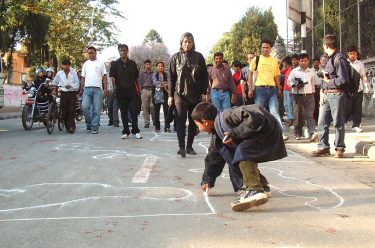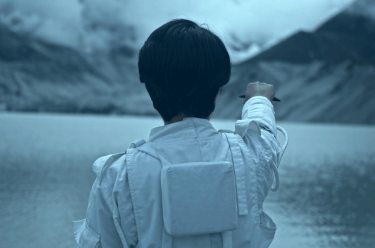To coincide with the opening of ‘The 10th Asia Pacific Triennial of Contemporary Art’ (APT10), QAGOMA released the second stage of the Asia Pacific Art Papers: Contemporary Contexts, Practices, Ideas — a free digital publication produced in three stages that contains new insights into the changing conditions and practices of artists in the region.
DELVE DEEPER: Stage one: Asia Pacific Art Papers
The first stage, released in September 2021, saw contributions from Wesley Enoch AM, Marcus Yee, and Dipti Sherchan and Priyankar Bahadur Chand, as well as a roundtable discussion on making art in the Pacific–Australian diaspora and papers exploring ethnic diversity in the contemporary art of Japan and expressions of indigeneity in the Philippines.
This second release of texts includes contributions by scholars and practitioners from Mongolia, Indonesia and Japan, as well as from QAGOMA’s own curatorial team. Join us for the third and final stage of the Asia Pacific Art Papers, to be released at the close of APT10, in late April 2022.
India’s Adivasi artists and ‘Other Masters’: Confronting the establishment for an evolving contemporary

In his essay on the erasure of indigenous (Adivasi) and so-called ‘folk’ art from contemporary art discourses in India in the 1980s and 90s, Tarun Nagesh (Curatorial Manager, Asian and Pacific Art, QAGOMA) calls for an evolving concept of contemporary art that is inclusive of art makers from all cultural backgrounds. In the final decades of the twentieth century, as Nagesh describes, a small group of pioneering Adivasi artists ran a series of ‘contentious yet highly influential arts events’, the legacy of which continues to influence contemporary platforms as Indian indigenous and ‘folk artists’ forge new pathways, in India and around the world.
Nohoaka Toi: The occupation of Christchurch Centre of Contemporary Art

Paemanu: Ngāi Tahu Contemporary Visual Arts aims to cultivate a vibrant Ngāi Tahu (the principal Māori iwi of New Zealand’s South Island) visual culture. In ‘Nohoaka Toi’, multimedia artist Vicki Lenihan (Waitaha, Kāti Māmoe, Ngāi Tahu) anchors Paemanu’s 2017 residence at Ōtautahi Christchurch’s Centre of Contemporary Art — during which Ngāi Tahu artists literally occupied the gallery, ‘eating, sleeping and creating in situ’ — in the kaupapa Māori (indigenous framework) at the heart of the collective’s practice. As Lenihan notes, ‘Paemanu’s occupation . . . brought contemporary Ngāi Tahu visual art practice into the centre of a city still fragmented by the 2011 Christchurch Earthquake. Joined by visitors around the campfire, we reignited our connection with the whenua (land) and with each other’.
Uramat Mugas (Uramat Story Songs)
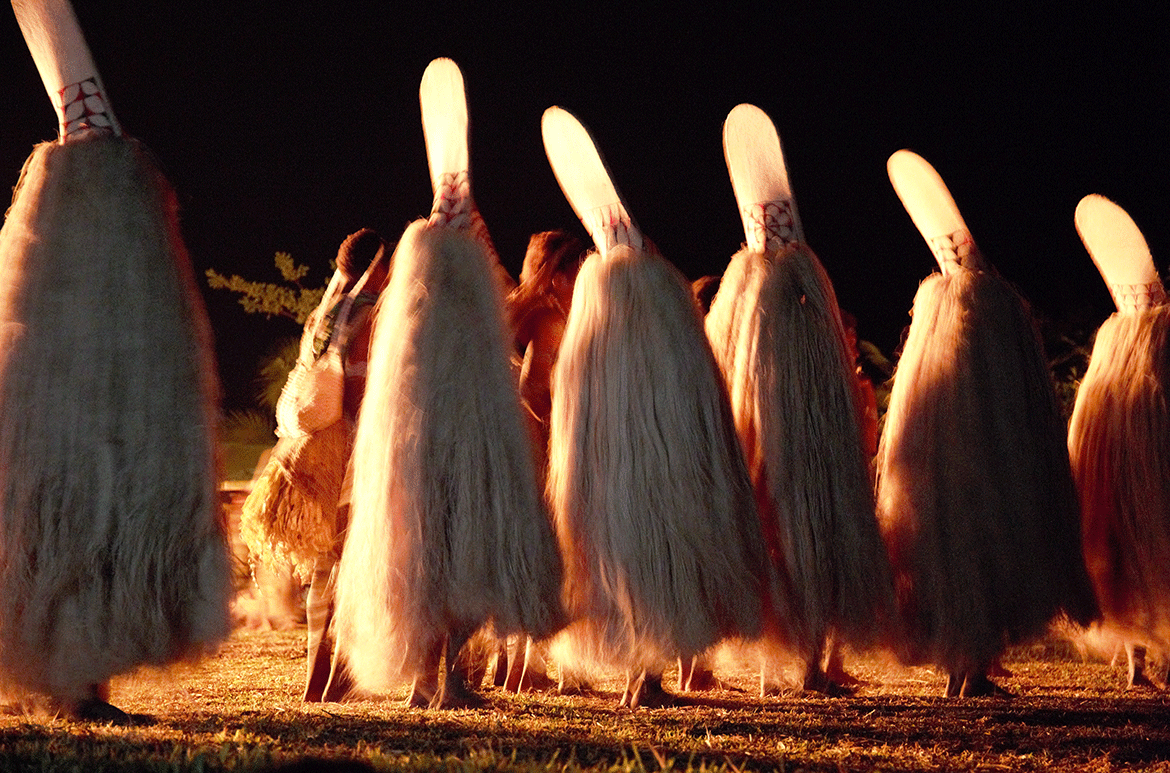
Ruth McDougall (Curator, Pacific Art, QAGOMA) shares the story of learning and innovation that allowed members of Papua New Guinea’s Uramat Clan to exhibit their gift of ceremonial masks at APT10, while honouring important cultural protocols. The project — involving Uramat leader Lazarus Eposia and Gunantuna Elder, the late Gideon Kakabin — has been nurtured into being over a period spanning two APTs, through cultural connections in East New Britain and Australia. As McDougall writes, ‘the journey has not been without its challenges’, including diplomatic negotiations ‘between the two [. . .] cultural groups and ‘the involvement of a government-funded Australian art gallery’, but, in the words of Eposia, the project has been invaluable: ‘We want to put everything somewhere, so in the future. when our youth have lost our culture and technology comes up, we can retrieve it’.
The ballad of East and West: Asian art outside Asia from the 1980s onwards
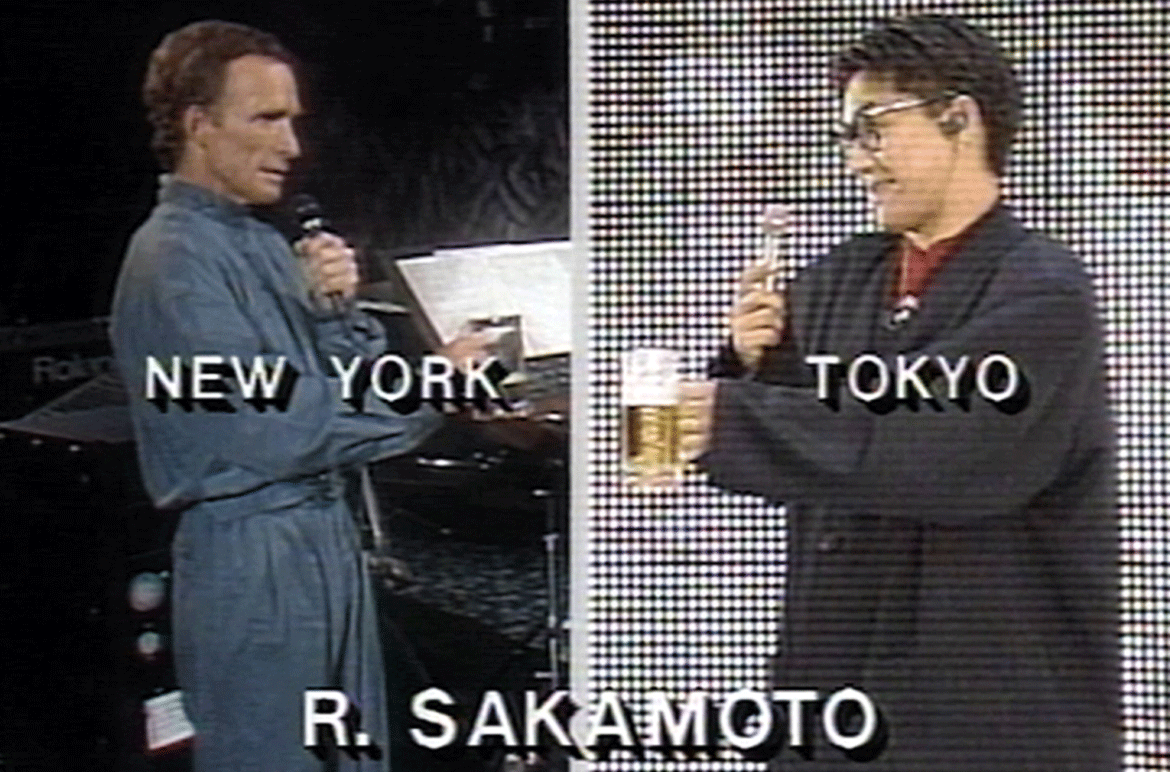
In this considered review of the presentation, and reception, of exhibitions of Asian art around the world, Mami Kataoka (Director, Mori Art Museum, Tokyo) first acknowledges that the Western assumption of unity in what is an incredibly vast and diverse region is problematic from the outset. Looking to key exhibitions held in major Western art museums — from the Guggenheim and Museum of Modern Art in New York to Centre Pompidou, Paris and beyond — Kataoka explores the encounters between curators, artists and critics in the latter twentieth century. She notes that, despite Asia’s various social divisions, which have served to maintain a focus on the West, ‘we live in a time that impels us to prioritise [. . .] mutual understanding among the many localities within Asia’.
Contemporary art of Mongolia in the era of globalisation
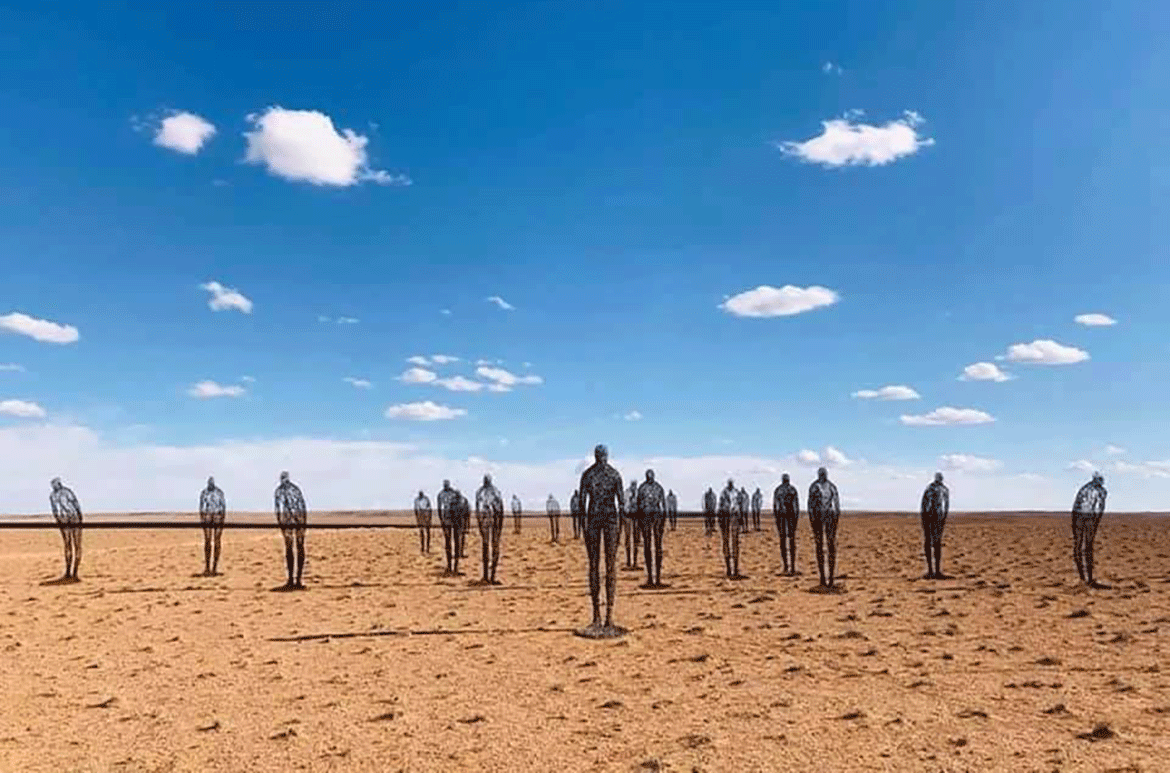
‘The question of Mongolian identity remained throughout the twentieth century and continued into the new millennium’, writes US-based Mongolian art historian Dr Uranchimeg Tsultemin, whose paper examines how Mongolian contemporary artists have navigated the country’s political, cultural and ideological transitions. From a predominantly Buddhist culture to a Soviet ally during the Cold War (complete with censored Socialist Realism), and from government-sanctioned art to the freedom of expression of 1990s Western multimedia art, the changes have often been ‘uneasy and confusing’. But ‘when democratic reforms started and a new multi-party government was established in 1992’, she writes, ‘a new era of art began in Mongolia’.
Jappama. Nia’ma’ (I’m leaving. I’m here)

Indonesian artist Abdi Karya recounts the little-known history of Macassan sailing trips to northern Australia and their centuries-long peaceful and productive coexistence with the Yolngu in ‘Jappama. Nia’ma’ (I’m leaving. I’m here)’. Karya’s essay documents the rich legacy of this relationship in Yolngu cultural practices and language, and his role in facilitating the Macassan pots painted by Yolngu artists on display in APT10. ‘When I was invited to participate in APT10’, he writes, ‘I really felt that the universe was listening to my voice’. Of the cultural connection between the Yolngu and Macassan, he states: ‘[T]here is almost no other culture in the world that is so large, so strong and deep in retaining knowledge of [. . .] Indonesian heritage [. . .] — outside the Indonesian entity itself — than the Yolngu’.
APT10 | 4 Dec 2021-26 April 2022
Stephanie Kennard is A/Editor. Publishing, QAGOMA
Asia Pacific Art Papers: Contemporary Contexts, Practices, Ideas is published by the Australian Centre of Asia Pacific Art (ACAPA), the research arm of QAGOMA’s Asian and Pacific Art department. This project has been assisted by the Australian Government through the Australia Council, its arts funding and advisory body.
‘The 10th Asia Pacific Triennial of Contemporary Art’ (APT10) is at the Queensland Art Gallery and Gallery of Modern Art, Brisbane from 4 December 2021 to 26 April 2022
Featured image: Baatarzorig Batjargal, Mongolia b.1983 / Nomads 2014 / Synthetic polymer paint on canvas / 100 x 150cm / Purchased 2015. Queensland Art Gallery | Gallery of Modern Art Foundation Grant / Collection: Queensland Art Gallery | Gallery of Modern Art / © Baatarzorig Batjargal
#QAGOMA #APT10QAGOMA #APAPQAGOMA

